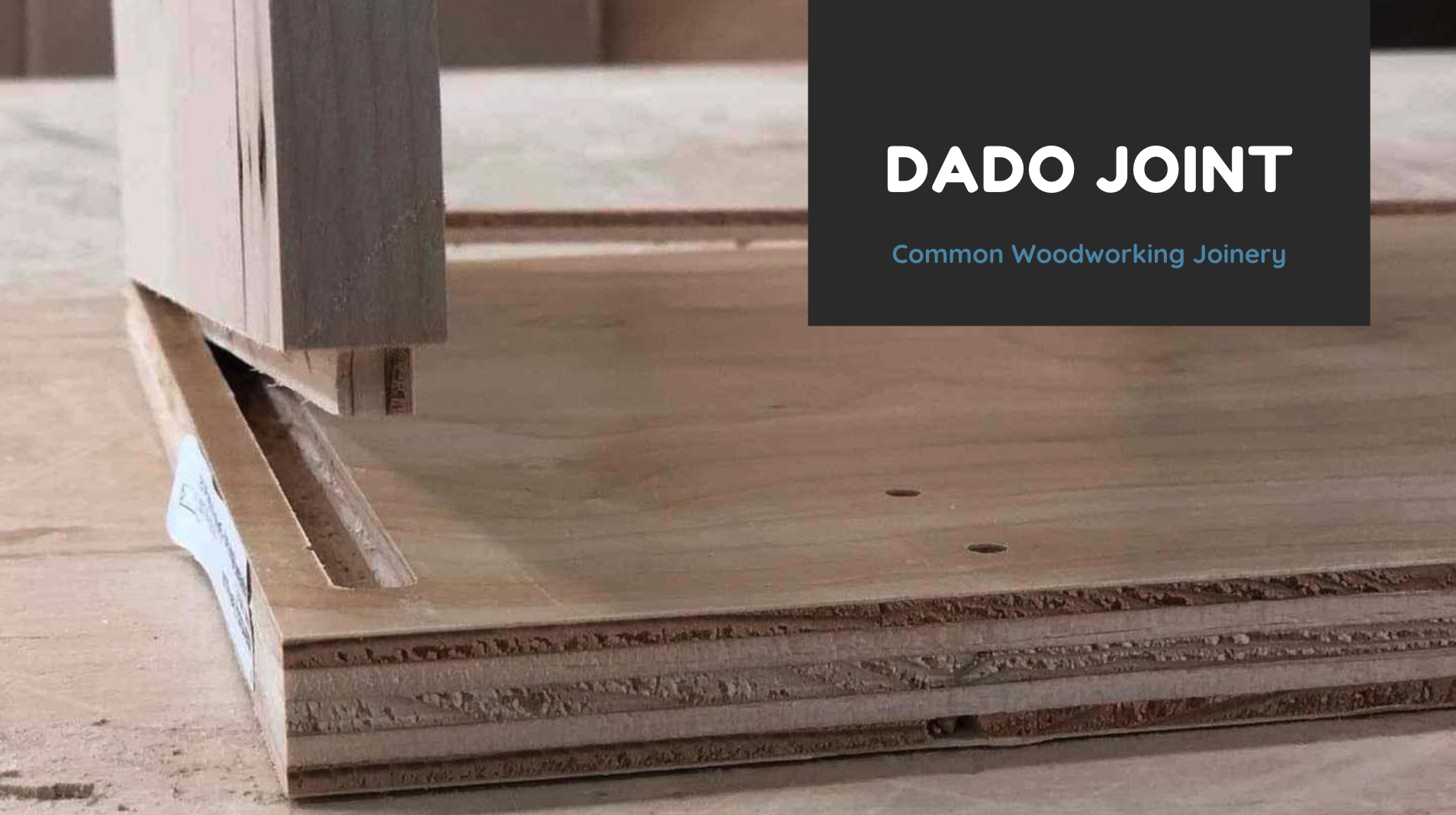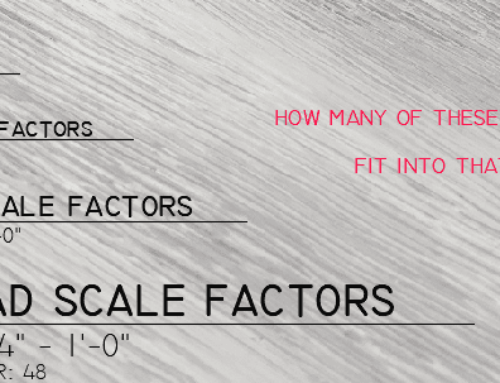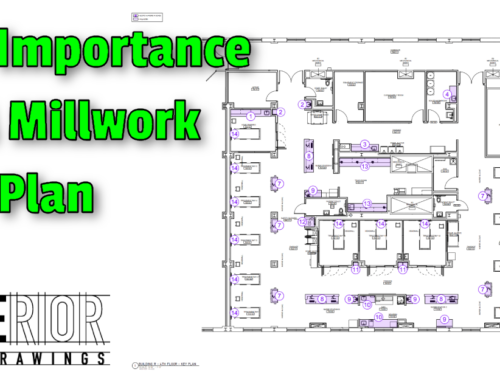If you are reading this post, there is a very good chance that you have been introduced to Woodworking at some point in your life. Be it tinkering around in a basement workshop, in a cabinetmaking classroom in high school, or in a Custom Cabinet or Architectural Millwork Shop.
Regardless of how you got your start, somewhere along the way you were introduced to Common Woodworking Joints. Among them was undoubtedly the Dado Joint.
The Dado Joint is a U-Shaped Channel which is cut cross-grain through a piece of wood. The channel is sized to accept a mating piece of wood – which adds glue surface area and structural stability to a piece of woodwork. The Dado Joint is commonly found in Framed and Frameless Cabinetry where the Top and Bottom meet the Case Sides.
In the event that you are just getting your start in Woodworking, today we’re going to take a look at common variations of the Dado Joint and where you might use them in your next project.
Anatomy of the Joint
When it comes to Common Woodworking Joints – The Dado Joint is extremely simple. In fact, it is about one step above a Butt Joint and a half-step above a Rabbet Joint in terms of complexity. This joint is essentially a U-Shaped Channel that is cut across the grain. The width of the channel is determined by the thickness of the mating piece of wood. The depth of the joint will vary between 1/3 and 1/2 the thickness of the material being cut.

Types of Dado Joints
With the Dado Joint being a simple joint, there are only two common variations that you may need to utilize. The third variation that we will discuss is a combination joint that utilizes a dado for added strength.
Dado Joints are commonly cut using a Stacked Dado Cutter in a Table Saw or a Straight Router Bit. Both will produce a channel with square walls and a flat bottom – precisely what you need for a properly fitting joint.
One thing to keep in mind when cutting a Dado Joint is that you will need to account for Wood Movement on large Solid Wood Panels. In the case of a solid wood Hutch or Sideboard, you should consider only applying glue to a portion of the joint and utilizing a blind nailing technique to lock the joint.
Through Dado
The most common variation of this joint is the Through Dado. Like a Through Mortise and Tenon, the joint is cut through the entirety of the part and will be visible. The visible joint can be used as a design element in Solid Wood Furniture.
If you are constructing Custom Cabinets, the most common application of the Through Dado will be on Framed Cabinets. Here the dado joint will not pose a problem with edge banding – as the edges of the case parts (as well as the joint itself) will be covered by the Face Frame.

Stop Dado
Less common than the Through Dado is the Stop Dado. In this application, the Dado will stop short of the edge of the part. The mating piece will be notched to fit in such a way that it appears to be a Butt Joint along the exposed edge.
If you are in the Architectural Millwork business, this is a joint that will be commonly used on Frameless Cabinets. Since the dado stops short of the exposed edge, there will be fewer issues with edge banding case parts.

Rabbet and Dado
The Rabbet and Dado Joint is a combination of both a Rabbet and a Dado. This joint provides the strength of a Dado Joint in a place where you might ordinarily find a Rabbet Joint.
One example of this may be in a situation where you need to create a Drawer Box but are unable produce Dovetail Joints. Placing a Dado in the drawer sides and a rabbet in the drawer front will interlock the pieces so that the box will not pull apart after repeated openings.
Another example could be when you need a Flush Cabinet Top on a Base Cabinet. Here you may place a Dado Joint on the Case Side and a Rabbet on the Cabinet Top. This will allow you to screw into the Counter Top without the Cabinet Top pulling away from the Case Sides.

We’re Happy to Help
It is our hope that you now have a solid understanding of the Dado Joint and how to utilize it in your next project. As always, if you have any questions or would like to see another topic covered here on Superior Shop Drawings – drop us a line in the comment section below!
- Millwork Shop Drawings: Training Survey - May 5, 2024
- Optimize Your Shop Drawings: Exploring the Power of theAutoCAD DimSpace Command - December 5, 2023
- The 4 Grades of Kitchen Cabinets: What Does It All Mean? - November 28, 2023





